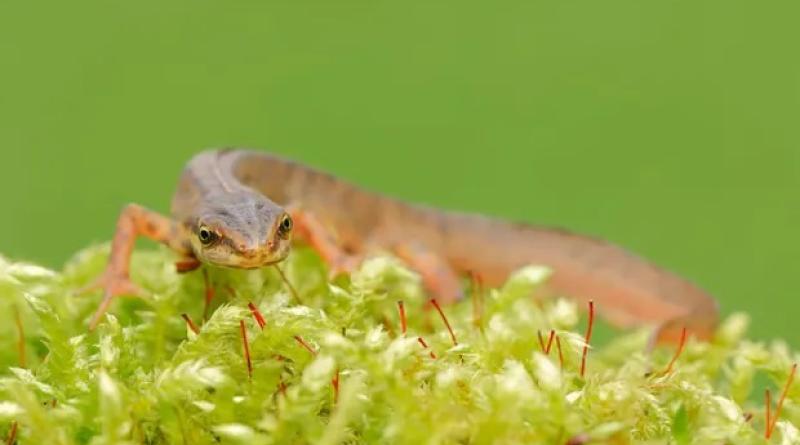Airborne DNA accidentally collected by air-quality filters reveals state of species

From owls to hedgehogs to fungi, genetic material from plants and animals is being inadvertently hoovered up by air-quality monitoring stations around the world, creating an untapped “vault of biodiversity data”, according to a new scientific paper.
Globally, thousands of air filters are continually testing for heavy metals and other pollutants in the atmosphere. Scientists are now realising that this monitoring network is also picking up invisible traces of genetic material known as airborne environmental DNA (eDNA) from bits of hair, feathers, saliva and pollen.
Testing eDNA from two UK air-quality stations – one in a London park and another in a rural location outside Edinburgh – revealed the presence of more than 180 fungi, insects, mammals, birds and amphibians, including badgers, dormice, little owls, hedgehogs and smooth newts. Plant eDNA was also collected, including yarrow, daisies, nettles, wheat, soya beans and cabbages.
The data can tell scientists which animals live nearby, and could become an important tool in monitoring declines in biodiversity by amassing large amounts of local data over long periods of time.
“This infrastructure may represent a tremendous opportunity to collect high-resolution biodiversity data on national scales,” researchers wrote in the paper published in Current Biology. “This is gamechanging for our approach to biodiversity monitoring on land.”
The increasing rate of species extinctions globally is a huge concern to scientists. “The potential of this cannot be overstated,” said first author Joanne Littlefair from Queen Mary University of London. “Almost every country has some kind of air pollution-monitoring system or network, either government-owned or private, and in many cases both. This could solve a global problem of how to measure biodiversity at a massive scale.”
Air monitoring networks, some of which have been running for decades, are concentrated in Europe, Asia, and central and north America, but some are also found across the global south.
Collecting eDNA data does not interfere with their ability to monitor air quality. Researchers found they could still collect eDNA from an eight-month-old filter stored at ambient temperatures, and it could last for decades if frozen. They are now encouraging monitoring stations to keep the filters to preserve the eDNA information they contain.
Andrew Brown from the UK’s National Physical Laboratory and one of the paper’s authors said: “For the past two decades of my career, I’ve been working on air-quality pollution to assess exposure of the population to potentially harmful pollutants.
“To find out this extremely well-established network can be used by an entirely different field of science – and that it has all this hidden potential that we never thought about – is extremely exciting.”
The research was carried out in collaboration with a team from York University in Canada.
Sampling of eDNA is more developed in aquatic ecosystems, where ecological consultants often use it to survey for the presence of great crested newts. Using airborne systems, scientists from Lund University have been able to gather DNA from 85 insect species, and zoo species have also been identified by sampling the surrounding air.
All this opens up a non-invasive way of tracking wildlife, with no need for the animal to be nearby, unlike camera traps or acoustic monitoring. Dr Fabian Roger at Lund University, who was not involved in this latest study, said: “What is exciting is that these filters are collected from an existing monitoring network, which presents an up-and-running network that could be co-opted for biodiversity monitoring.
Still at question, he said, was the usefulness of the data in biodiversity monitoring: “Detecting some species some times is not the same as detecting a signal of biodiversity change, which is representative for a larger area.”Researchers still have to analyse data from multiple stations over an extended period. “I fully agree that the potential could be great,” said Roger.
cover photo:The smooth newt was one of the species revealed to be present near two air-quality monitoring stations in the UK. Photograph: Christian Hütter/Alamy




